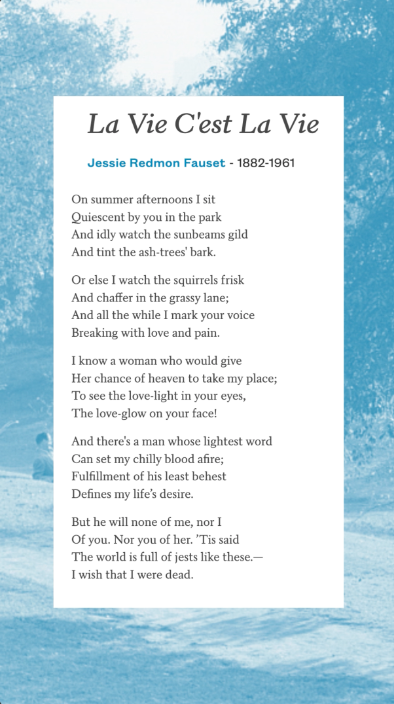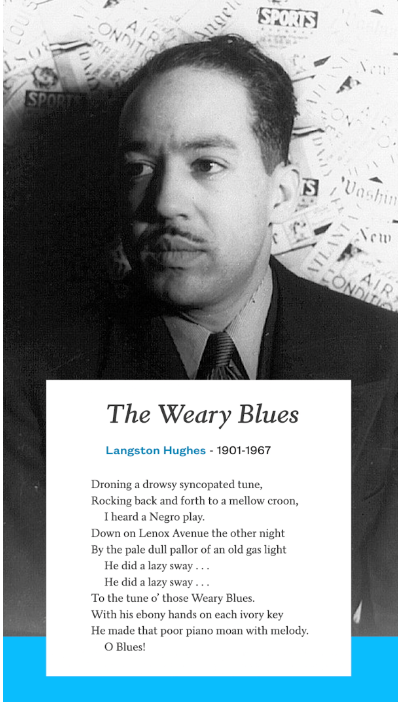When considering essential movements in American poetry, no conversation would be complete without a discussion of the Harlem Renaissance. With a lyricism seated in the popular blues and jazz music of the time, an awareness of Black life in America, its assertion of an independent African American identity, and its innovation in form and structure, the poetry of the Harlem Renaissance is unmistakable.
Though the exact dates of the movement are debatable, most consider its beginnings to be rooted in the end of the Reconstruction era, when legal segregation made living conditions for African Americans in the South unbearable. The lack of economic opportunities, and, more importantly, the prevalence of prejudice, lynching, and segregation in public spaces all contributed to the intolerable conditions of African Americans.
When the U.S. entered World War I in 1917, jobs previously held by white males suddenly became available, and industrial expansion in the North provided opportunities for African Americans to seek a new lifestyle. They settled in various northern cities during this Great Migration, though New York City was the most popular, particularly the district of Harlem. African Americans of all social classes joined together in Harlem, which became the focal point of a growing interest in African American culture: jazz, blues, dance, theater, art, fiction, and poetry.


